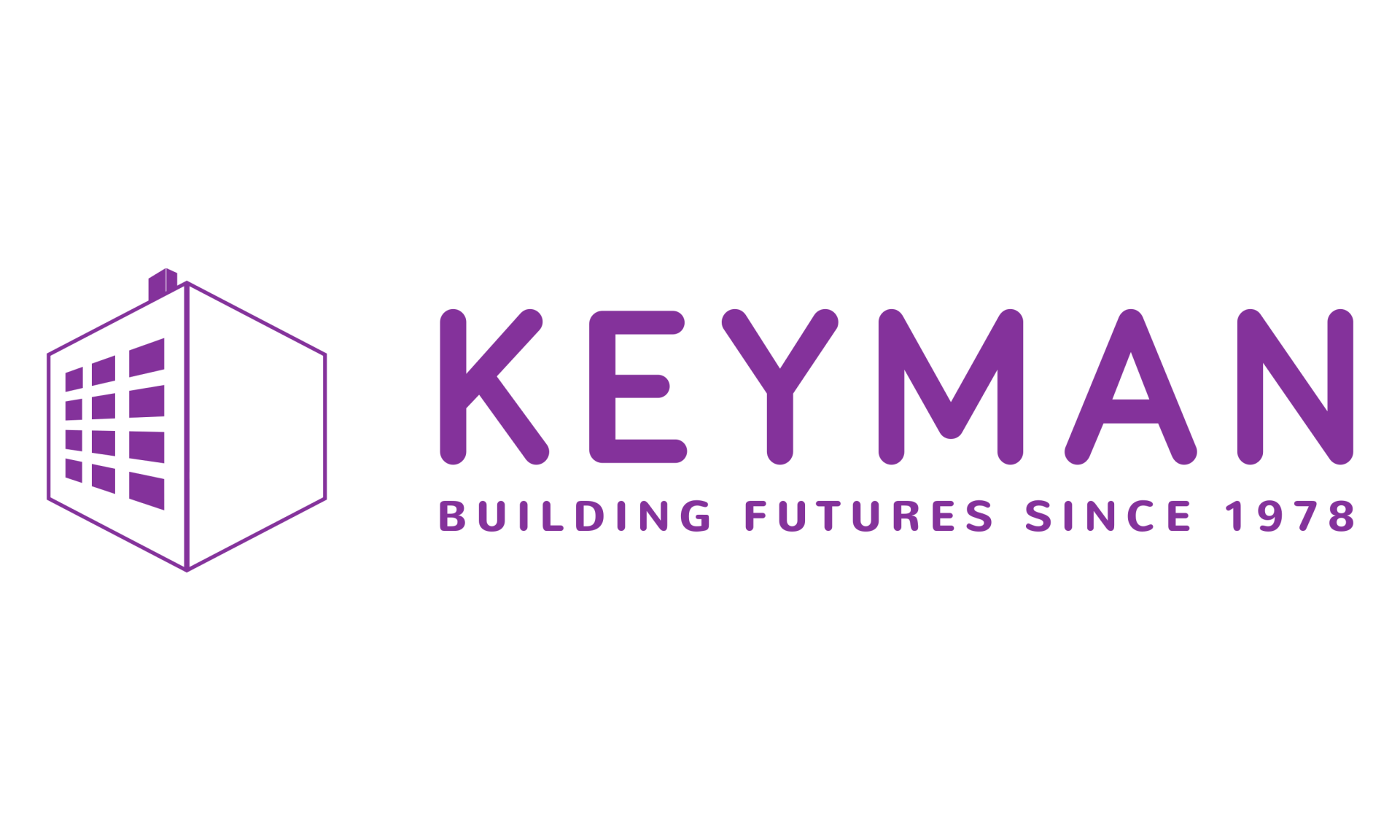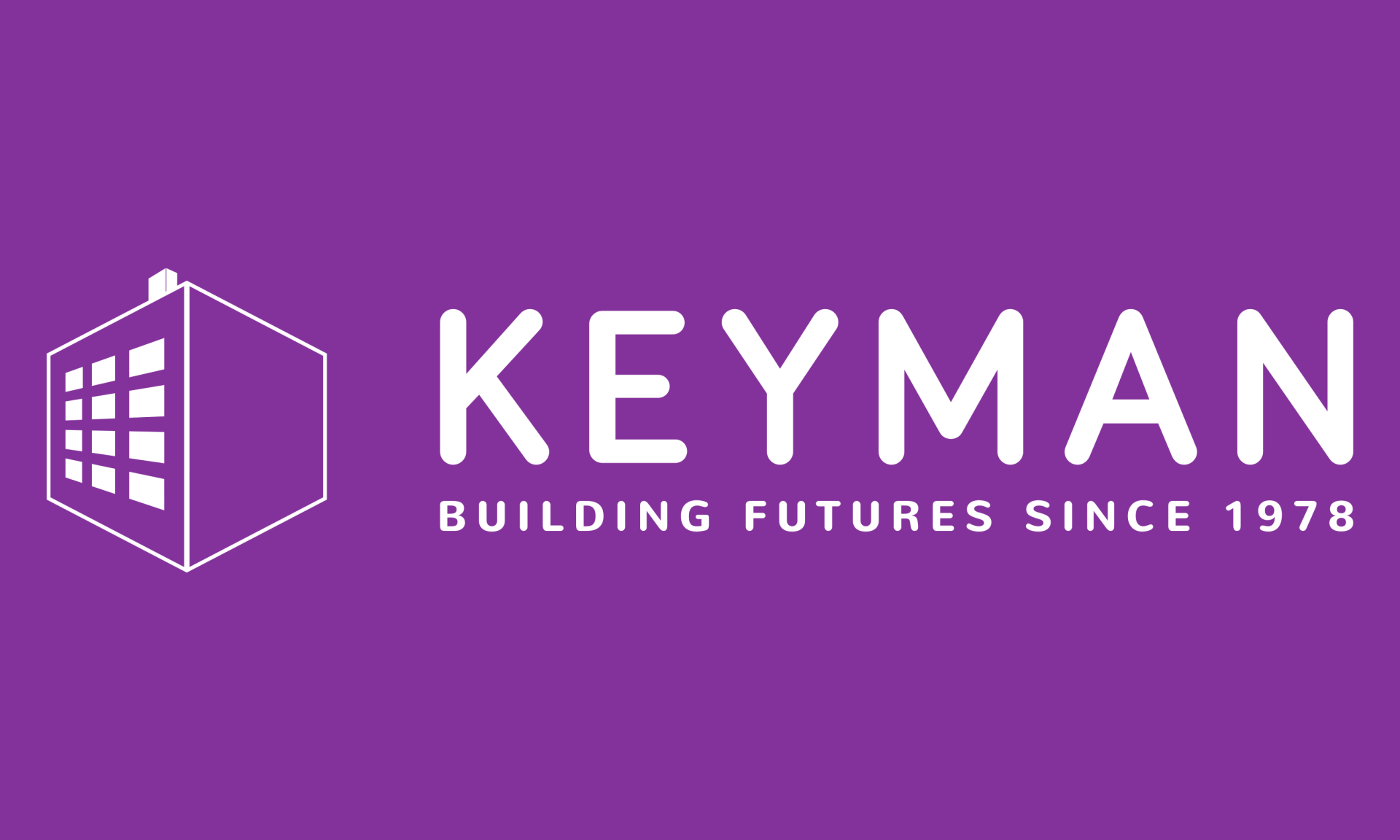
Bridging the Gap: The Call for Gender-Specific PPE in the Workplace
In a move that could redefine safety standards across industries, Emma Hardy, MP for Kingston upon Hull West and Hessle, has underscored a critical oversight in the provision of personal protective equipment (PPE) in the UK. Addressing the House of Commons, Hardy emphatically stated that "women are not just smaller men," advocating for a legal framework that ensures PPE is tailored to the female anatomy, particularly in construction sites and other hazardous workplaces.
This insightful comment sheds light on a longstanding issue within industries traditionally dominated by men. For too long, the design and distribution of PPE have followed a one-size-fits-all approach, inadvertently sidelining the unique safety needs of women in these environments. The lack of gender-specific PPE not only poses a risk to women's health and safety but also underscores a broader issue of workplace equality and inclusivity.
A Matter of Safety and Equality
The call for PPE designed with women in mind is not just about comfort; it's a critical safety issue. Ill-fitting PPE can lead to dangerous exposure and increased risk of accidents, as protective gear that does not fit properly may not function as intended. For example, oversized gloves or helmets can compromise dexterity and visibility, respectively, while too-large footwear increases the risk of tripping and falling. Such hazards underscore the urgent need for PPE that accommodates the diverse workforce present on construction sites and in many other sectors.
Moreover, Hardy's statement brings to the forefront the broader implications of this oversight, touching upon the issues of gender equality and representation in traditionally male-dominated fields. Ensuring that women have access to properly fitting PPE is not only a matter of physical safety but also a step towards dismantling barriers to equal participation in these industries. It sends a clear message that women's safety, comfort, and contribution are valued and that their presence in these sectors is not merely an afterthought.
The Way Forward
The solution proposed by Emma Hardy suggests a legislative push to encourage manufacturers and employers to invest in designing and providing gender-specific PPE. Such a move would not only enhance safety standards but also contribute to a more inclusive and equitable workplace culture. It acknowledges the diverse needs of the workforce and the importance of accommodating these differences to ensure everyone's safety and well-being.
The industry response to this call for action will be telling. It will require collaboration between lawmakers, safety regulators, manufacturers, and employers to bring about the necessary change. Investment in research and development to design effective and comfortable PPE for women, coupled with legislative support to enforce these standards, could set a new benchmark for workplace safety and equality.
Conclusion
Emma Hardy's advocacy for gender-specific PPE is a reminder of the work that still needs to be done to ensure workplace safety is inclusive. It challenges the status quo and paves the way for a safer and more equitable working environment for all. As society continues to evolve, so too must our approaches to workplace safety, ensuring that no one is left behind or put at unnecessary risk due to outdated standards. The journey towards an inclusive workplace where everyone is protected is ongoing, and this initiative represents a significant step forward in that journey.
Keyman Blog



